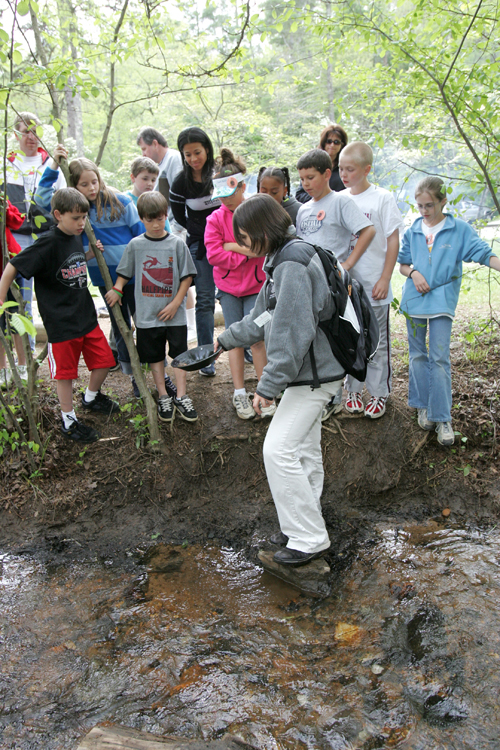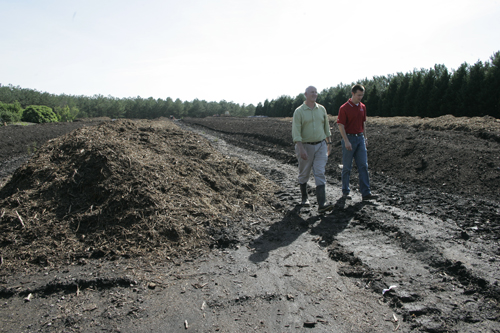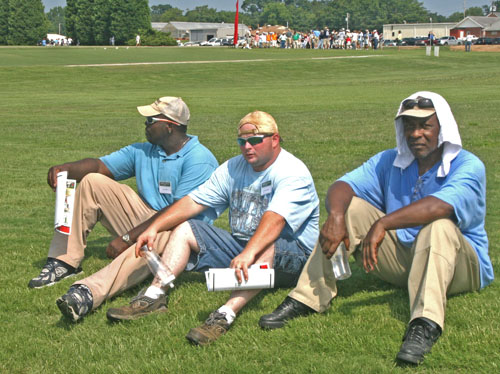 CAES News
CAES News
Environmental education
As summer transitions into fall, students across Georgia return to their classrooms. Whether those classrooms are virtual, at home or in a brick-and-mortar school, learning can occur anywhere. The Georgia 4-H Environmental Education Program uses nature as a classroom for students across the Southeast.

.jpg)


.jpg)